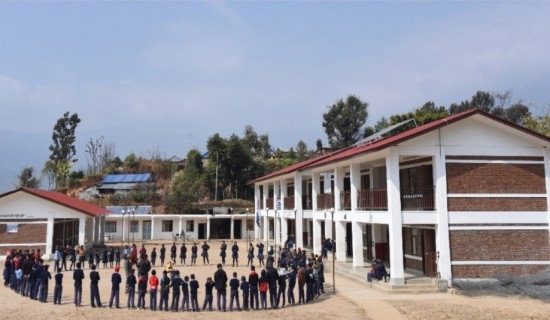- Saturday, 11 May 2024
Rising Threat Of Malaria
Malaria is widespread in tropical and sub-tropical countries, and people from Tarai belt of Nepal have been facing the scourge of this disease for ages. It continues to impact millions of people residing in low- and middle-income countries, exerting significant setbacks on health of the citizens, economic growth, education and overall productivity in countries like ours. A total of 75 malaria cases have been detected in Madhes Province and 101 new cases have been diagnosed in Narainapur Rural Municipality of Banke district alone which is really an alarming situation at a time when the government has pledged to achieve a "malaria-free" status by 2025.
To achieve the goal, the government needs to reduce indigenous cases or local transmission of the disease to zero, achieving zero deaths by 2023, and maintaining zero indigenous cases for three consecutive years. In contrast, malaria cases are rising each year. Despite sustained efforts, Nepal has not become able to eradicate this mosquito borne disease. A total of 528 cases of malaria infections were reported in the last fiscal year. Among them 23 were indigenous cases. People having travel history especially to India had topped the list of the infected individuals in the last fiscal year.
It is really difficult to eradicate malaria in Nepal given the fact that there is open border and unrestricted movement of citizens of Nepal and India. Experts believe that the goal of eliminating malaria in Nepal cannot be achieved until the disease is eradicated in India. In the past, malaria used to be concentrated in the Tarai districts but owing to global warming and climate change, occurrence of malaria are spreading in the hills and mountain districts as well. Prevalence of malaria in the hills and mountains now sends new public health alarm.
The detection of disease in the high altitude mountain districts like Mugu and Humla can be because of the infected migrant workers, who returned home after working as seasonal migrant labourers in different parts of India. It’s very difficult to monitor and screen cross-border movement. If malaria test facilities are expanded, the disease could be curbed to a certain extent. According to recent data, 25,668 individuals underwent malaria testing in the Madhes Province. Among them, Mahottari had the highest number of tests carried out, with 6,092 individuals tested, while Bara reported the lowest number of tests, with only 1,015 individuals undergoing testing.
Mosquito repellent creams and insecticide-treated bed nets can save individuals from malaria transmission. The government distributes insecticide treated mosquito nets to the people of Tarai region, but this effort alone is not enough to control the spread of the disease. Prompt diagnosis and effective treatment is also essential to prevent severe illness and reduce transmission. Access to rapid diagnostic tests (RDTs) and effective antimalarial drugs is crucial for the treatment of the disease.
Certain environmental factors, such as stagnant water, contribute to mosquito breeding. Building public awareness to make themselves safe from malaria is essential to curb the infection. Adequate funding, policy support, and leadership are necessary for effective malaria control and eradication. The government can make significant progress in controlling malaria through timely diagnosis, treatment, cross-border surveillance and strengthening the reach of health services.










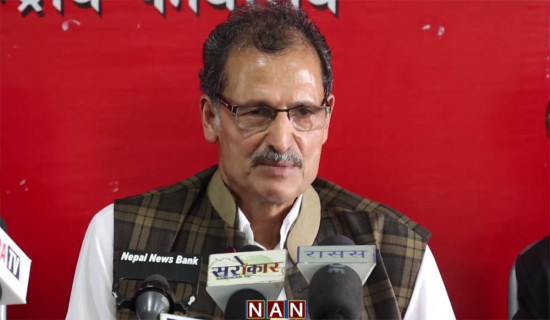
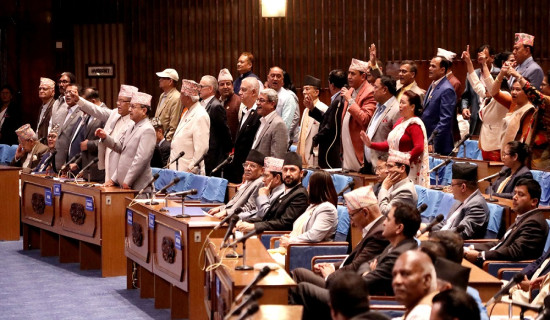
-original-thumb.jpg)
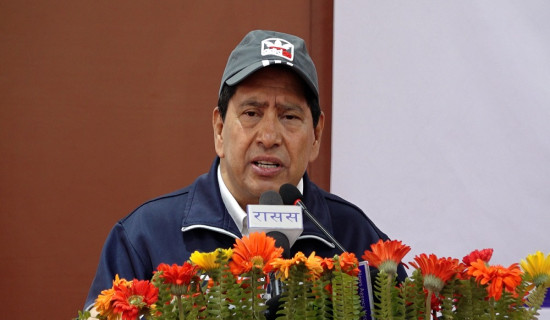
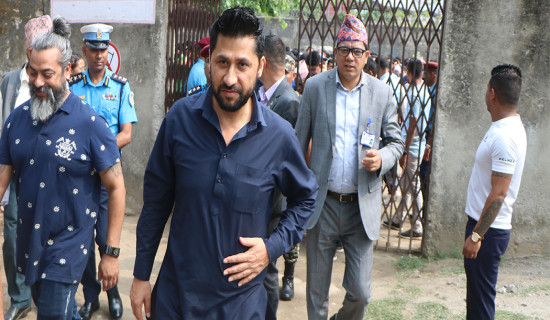

-original-thumb.jpg)
